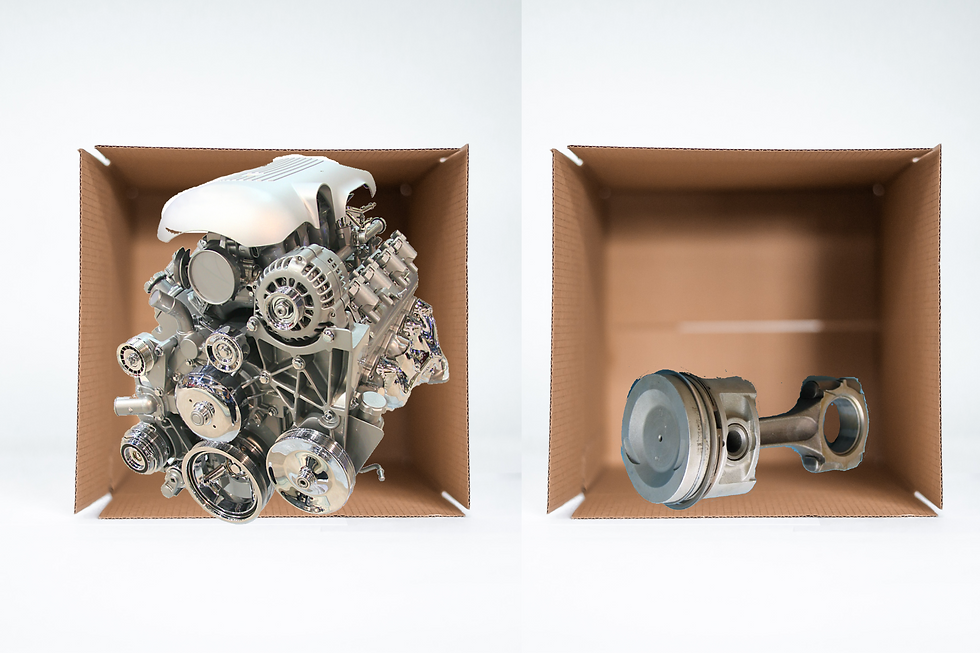Packing boxes (for your clients)
- Chris Howe

- Mar 4, 2022
- 2 min read
A box, by our definition, is the smallest relevant unit of learning in a curriculum. It is the component pieces of each topic you coach. Each box should be so specific, it would be difficult not to absorb the information in it if you went through all the contents.

The whole point of this platform is to empower your clients to learn and make progress faster right? Consider the need to learn something new. There is never a point where learning happens all-at-once, it always happens in pieces. So, lets build out the curriculum in pieces... One box at a time.
The simple truth is this, most of us know how all the pieces of our profession fit together and it just makes sense to explain it all at the same time, because it's all connected. It really does make sense, but not to our clients. When you are engaging in the learning process for a complex topic, taking it all in at the same time will only ever yield a surface level understanding or conviction around the topic as a whole. But, the more you break it down, and the more you learn and know and experience about the components of that topic, the better you will be able to commit to the subject to memory or put it in practice.
So when you are building out your curriculum, start with a topic, and then break it down into it's components… THESE components are your boxes, not the topic itself.
Lets run an example:

We are teaching someone about a car engine. The box is not "car engines and how they work", that's the first, maybe second tier of your topic tree.
Drill down.
Engines have a few main components, they are: pistons, engine block, lubrication, cooling, fuel, air, ignition…
Oh, so each of these systems is a box? …
Drill down.
Pistons have rings, a rod, a surface and precision engineering. Each of these might be a box.
A piston topic might have the following boxes.
Surface design: [Imperfections, warping, heat tolerance, cleaning] Rings: [Function, design, number, depth, variances, failures]
Rods: [Function, design, connectors, replacement]
As you can see, even with these most basic of boxes, much of the information could break into even smaller boxes, but that doesn't serve the individual who has a goal of learning how an engine works. You don't need to break down a subject to quantum mechanics to get it apart, but you do need the basic mechanics to get it going. There is a logical way to work through what information goes where, but there is a bit of an art in knowing where to stop.


Comments